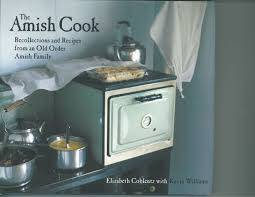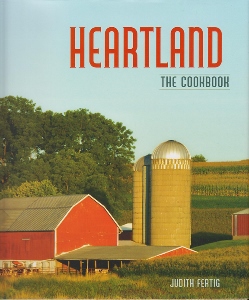5 Game-Changing Midwestern Cookbooks
The Midwest is a state of mind just as much as it is a place. For all of its nicknames—the Heartland, the Bread Basket, flyover country, “the place I left so I could move to New York/Portland/San Francisco”—it has just as many identities. The region encompasses the Great Lakes, the Great Plains, a number of cosmopolitan cities, and many clutches of Amish and Mennonite communities.
While other American regional cuisines, such as those of New England or the Southwest, have won followings with their mystique and iconic ingredients, Midwestern cooking has, true to its sensibility, always just sort of been there, quietly proud of its understated glories. There was a time that I, a product of the Midwest myself, would have dismissively defined Midwestern cuisine as “ground beef casseroles galore.”
These five cookbooks prove it’s not so. Increasingly, as Midwestern chefs embrace the foodways of their homeland and dedicated farmers and artisans produce heritage meats and world-class cheeses, Midwestern cooking is coming into its own. And in many small, overlooked Midwestern towns, the passion for local, sustainable food isn’t a trend so much as an inherent tradition. While it’s unlikely that a Midwestern-themed restaurant will open in an East or West Coast city…well, ever, maybe that’s for the best. Each of these books offers its own take on the renaissance of awareness and pride in Midwestern cooking, but they also remind us that location—and the mindset it engenders—is the most essential ingredient.
New Prairie Kitchen: Stories and Seasonal Recipes from Chefs, Farmers, and Artisans of the Great Plains by Summer Miller (2015)
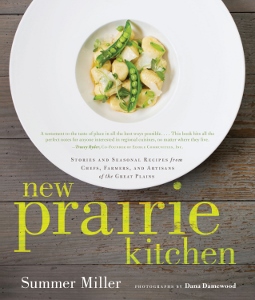
Fresh off the presses and just in time for this summer’s ripening bumper crop of local fruit and veg, New Prairie Kitchen is driven by seasonal recipes from chefs and farmers who are actively defying the cliché of breadbasket commodities farming. Shining a spotlight on Nebraska, Iowa, and South Dakota, Miller includes profiles of hardworking producers who are dedicated to their crafts, be it cheesemaking, baking, or butchering, and that’s the biggest draw of this book; it reads like an extended Edible Communities issue in all of the best ways (incidentally, Miller is a contributor to Edible Omaha). Sunchoke gnocchi, braised bison short ribs, and goat cheese sorbet all showcase regionally produced foods and excite the reader to go out and cook up the bounty to be found in their own surrounding communities.
Cooking from Quilt Country: Hearty Recipes from Amish and Mennonite Kitchens by Marcia Adams (1998)
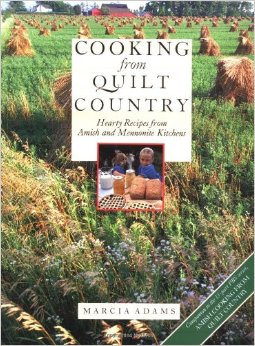
Adams, a food historian and writer who died in 2011, hosted various cooking shows on PBS in the 1990s, the most enduring of which was Amish Cooking from Quilt Country. In the book that inspired the series, Adams shares her unique outsider-insider’s perspective on the foods of the Amish and Mennonite communities. The layout of the book itself is elegantly plain, akin to the stark but moving geometry of the Amish quilting tradition, and the photographs by Alexandra Avakian have a National Geographic feel. Many changes have passed in the Amish community since the book’s publication—Vanilla Ice and reality television, for instance—and it already has a deeply poignant yesteryear quality to it.
The New Midwestern Table: 200 Heartland Recipes by Amy Thielen (2013)
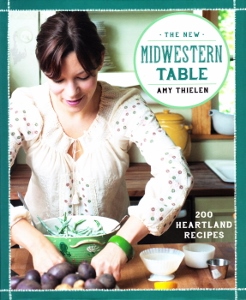
-

-

-

-

-

-

-

-

-

-

-

-

-

-

-

-

-

-

-

-

-

-

-

-

-

-

-

-

-

-

-

-

-

-

-

-

-

-

-

-

